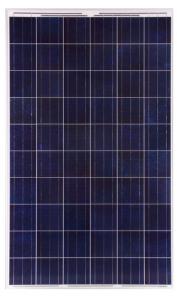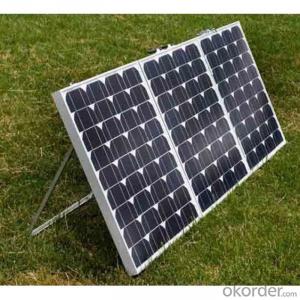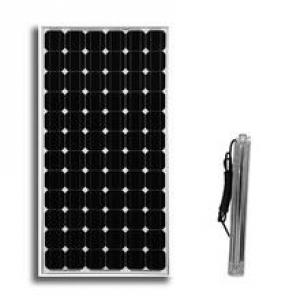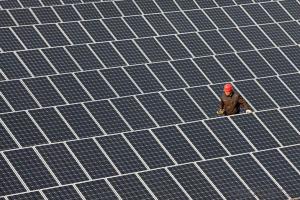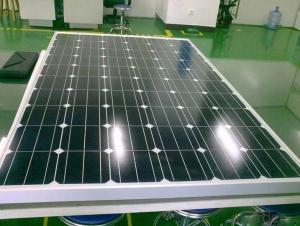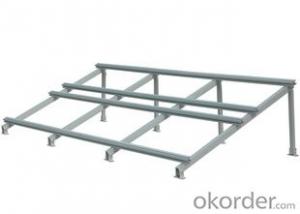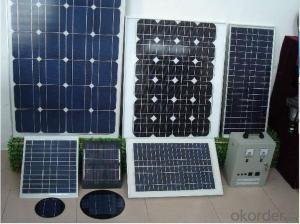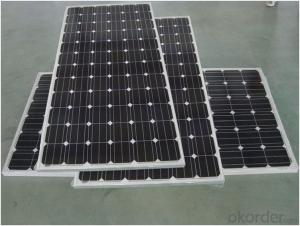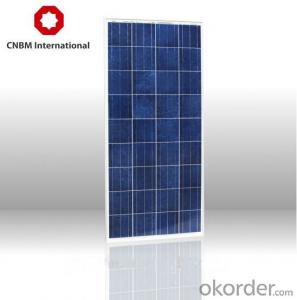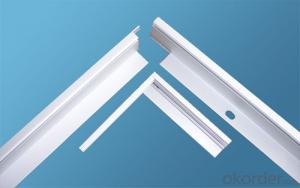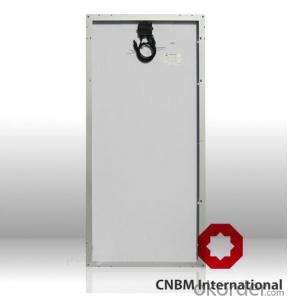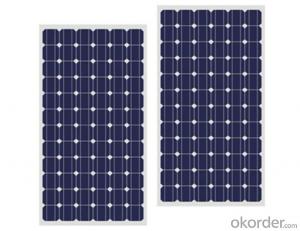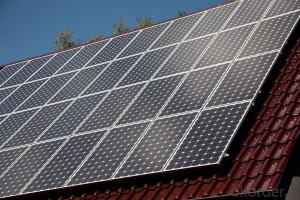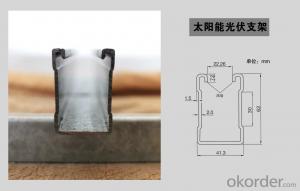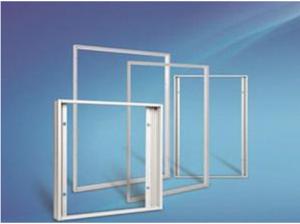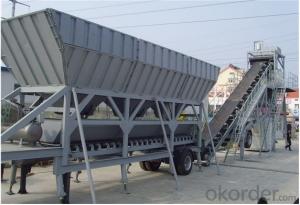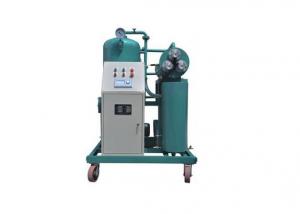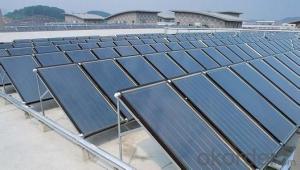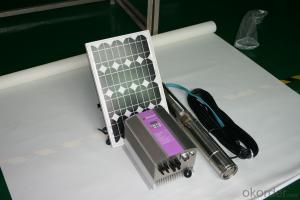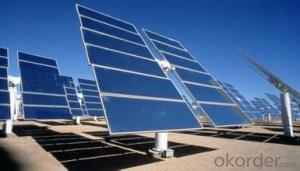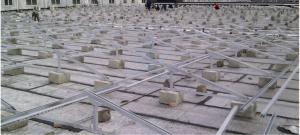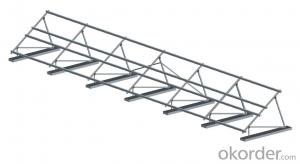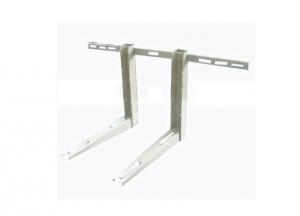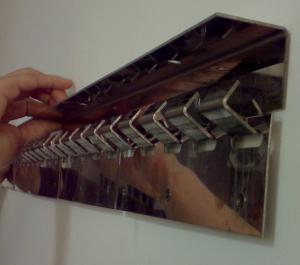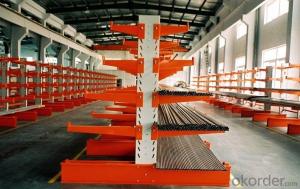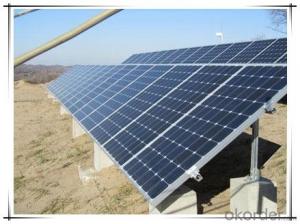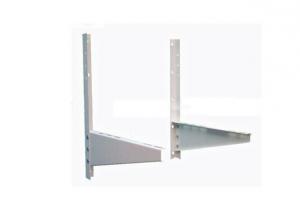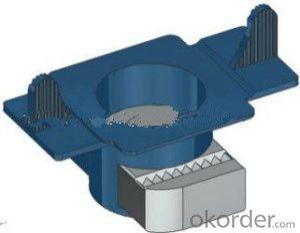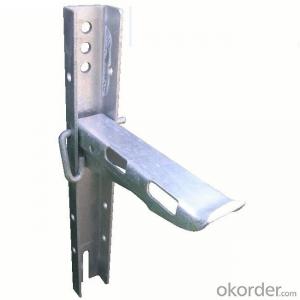Solar Module Equipment
Solar Module Equipment Related Searches
Solar Module Solar Module System Solar System Module Solar Power Module Solar Cell Module Solar Module Components Solar Energy Module Solar Air Module Solar Module Parts Solar Panel Module Module Solar Solar Cell Solar Module Solar Light Module Solar Battery Module Solar Thermal Module Solar Photovoltaic Module Solar Charger Module Smart Module Solar Solar Sound Module Solar Module Factory Solar Power Management Module Module Solar Panel Solar Hybrid Module Solar Module Assembly Solar Led Module Solar Module Certification Solar Tracking Module Solar Tracker Module Solar Module Supplier Solar Power Bank ModuleSolar Module Equipment Supplier & Manufacturer from China
Solar Module Equipment encompasses a range of machinery and tools designed to manufacture and assemble solar panels. These products are integral in the production process, ensuring the efficient creation of photovoltaic modules that convert sunlight into usable energy. The equipment involved in this process includes cutting machines, lamination machines, and testing systems, all of which play a crucial role in the quality and performance of the final product.Solar Module Equipment is widely utilized in the renewable energy sector, particularly in the manufacturing of solar panels for residential, commercial, and utility-scale applications. These products are essential for the mass production of solar modules, which are increasingly being adopted as a clean and sustainable energy source. The usage scenarios for this equipment span from small-scale workshops to large-scale manufacturing facilities, where high volumes of solar panels are produced to meet the growing global demand for renewable energy solutions.
Okorder.com is a leading wholesale supplier of Solar Module Equipment, boasting a comprehensive inventory that caters to the diverse needs of manufacturers in the solar industry. With a commitment to quality and customer satisfaction, Okorder.com offers a one-stop solution for all solar module production requirements. Their extensive range of equipment ensures that manufacturers can find the necessary tools and machinery to optimize their production processes and maintain high standards of efficiency and performance.
Hot Products





